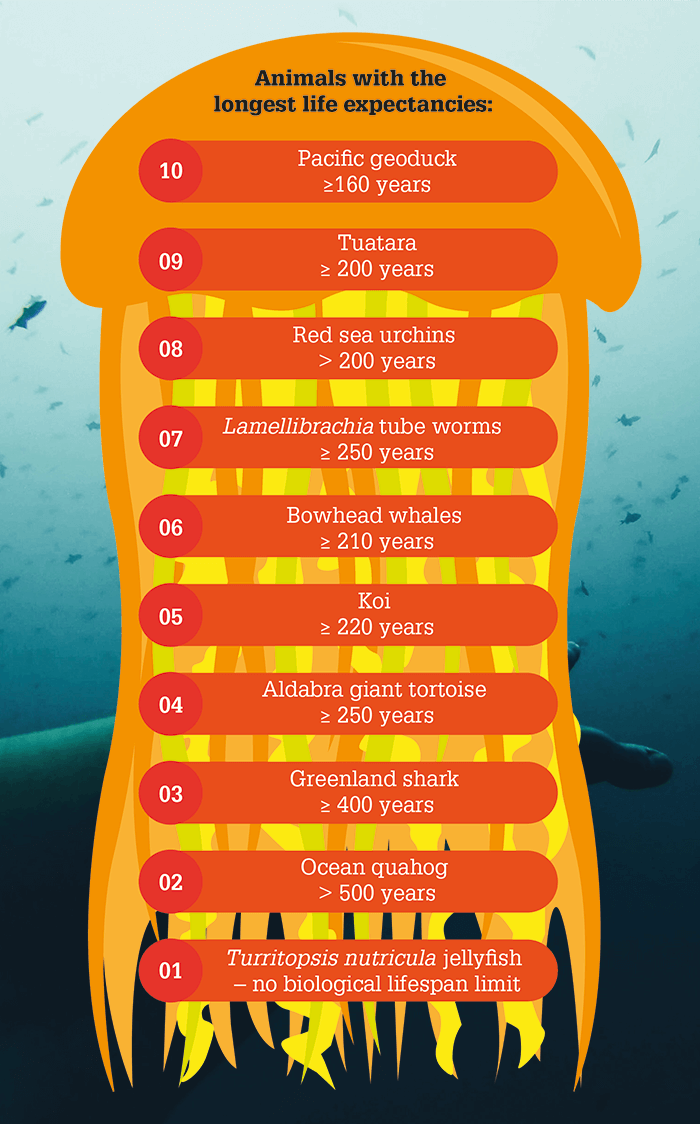
The Greenland shark is an iconic species of the Artic seas, but it turns out that very little is known about its biology. Females can grow to a length of 500 cm – making it the largest fish native to arctic waters – but they appear to grow very slowly up to that size, at a rate of around one centimeter per year. So just how old can they get?
The answer to that is usually straightforward in most vertebrates: radiocarbon date their bones. But as Greenland shark are cartilaginous fish, this won’t work, which brings us to the eye. The lens nuclei of vertebrate eyes are perfect for carbon dating: they develop embryonically, and consist almost entirely of metabolically inert crystalline proteins which are retained over the shark’s lifespan. This is exactly what researchers performed on the eyes of 28 female sharks collected in Greenland over a three-year period between 2010 and 2013 (1). According to their analyses, the largest sharks (≥ 500 cm, or 16.5”) need to have lived for at least 272 years to achieve that length, with the oldest one in the sample of 28 being estimated to be 392 ± 120 years old – making it the oldest-lived vertebrate ever known. And all of this would have remained unknown, if it were not for the unique biology of the lens of the eye.
References
- J Nielsen et al., “Eye lens radiocarbon reveals centuries of longevity in the Greenland shark (Somniosus microcephalus)”, Science, 353, 702–704 (2016). PMID: 27516602.
